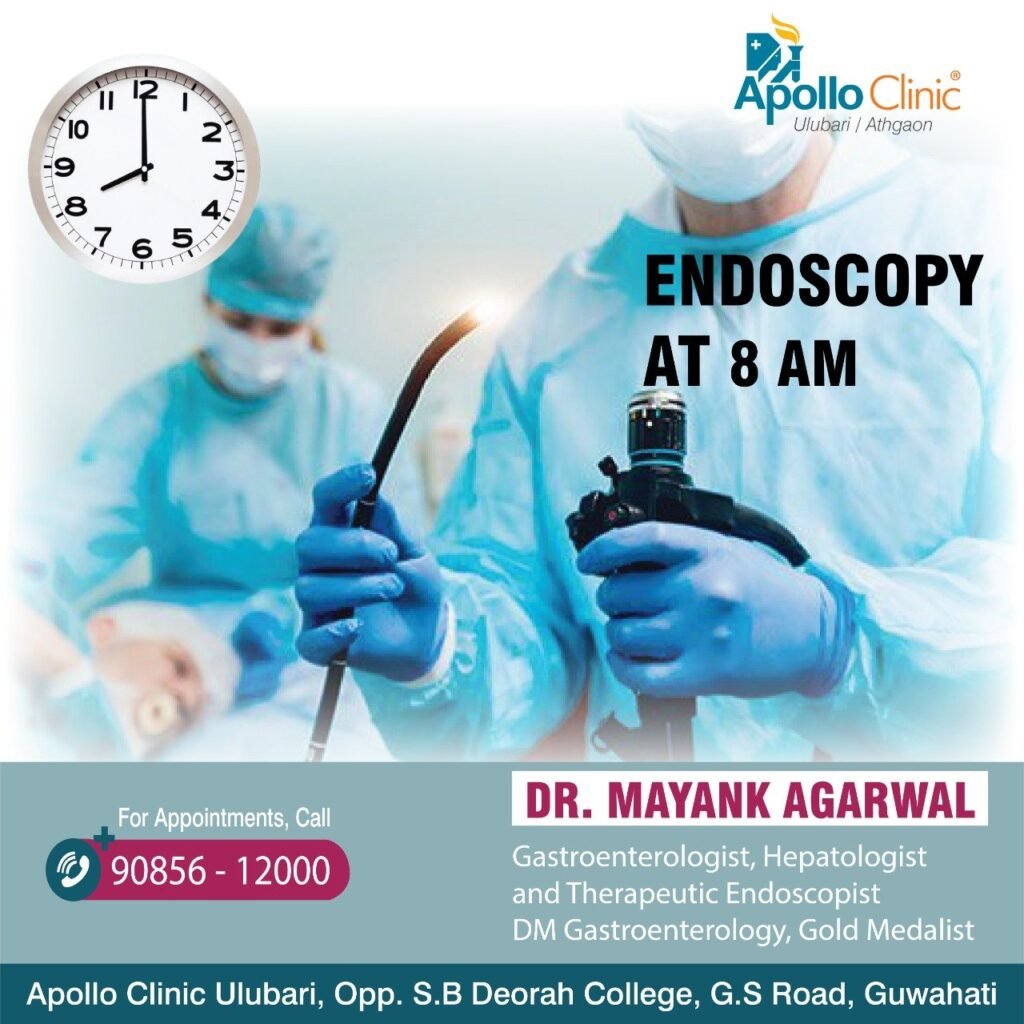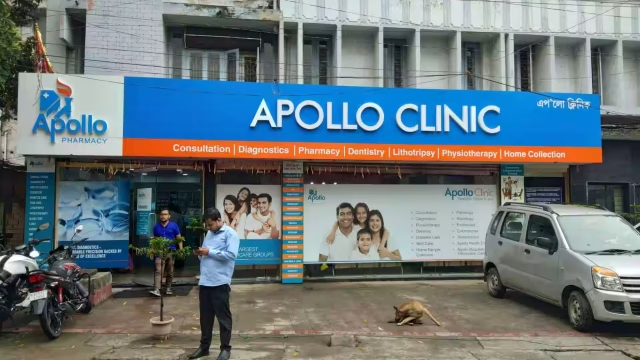Endoscopy is the insertion of a long, thin tube directly into the body to observe an internal organ or tissue in detail. Additionally, it carries out other tasks including imaging and minor surgery.
What are endoscopies?
Endoscopies are medical procedures that involve the use of an endoscope. It is a long, thin, flexible tube with a light and camera attached to it. Thus it helps to examine and treat various organs and structures inside the body. Endoscopies are quick and relatively safe procedures, with minimal risks and complications.
The invention of the first endoscope design was in 1806 by Philipp Bozzini, a German physician. However, it was not until the 1960s that the modern endoscope with fiber-optic technology became available. Consequently, leading to significant advancements in the field of endoscopy.
Endoscopies have become an essential tool in for investigating, confirming, and treating various medical conditions. They help to diagnose and monitor various gastrointestinal (GI) conditions. These include ulcerative colitis, Crohn’s disease, celiac disease, and other conditions such as esophageal cancer, stomach cancer, and pancreatic cancer.
In addition to diagnosis, endoscopies help to remove tumors or polyps from the digestive tract. Endoscopic procedures, such as polypectomy and endoscopic mucosal resection (EMR), are commonly in use to remove polyps or abnormal tissues from the colon, rectum, and stomach. These procedures can help prevent the development of cancer. Also, they are preferred over surgical options due to their minimally invasive nature.
Overall, endoscopies are a valuable tool in the diagnosis and treatment of various medical conditions. With ongoing advancements in technology and technique, endoscopies continue to be a safe and effective option for patients and healthcare providers.
Fast facts on endoscopy
Here are some key points.
- Endoscopies are quick and relatively safe procedures.
- The first endoscope design came out in 1806.
- The main reasons for endoscopy are investigation, confirmation, and treatment.
- Endoscopies help to remove tumors or polyps from the digestive tract.
Types of Endoscopy
The test is useful for investigating many systems within the human body. These areas include:
- Gastrointestinal tract: esophagus, stomach, and duodenum (esophagogastroduodenoscopy), small intestine (enteroscopy), large intestine/colon (colonoscopy, sigmoidoscopy), bile duct, rectum (rectoscopy), and anus (anoscopy).
- Respiratory tract: Nose (rhinoscopy), lower respiratory tract (bronchoscopy).
- Ear: Otoscopy
- Urinary tract: Cystoscopy
- Female reproductive tract (gynoscopy): Cervix (colposcopy), uterus (hysteroscopy), fallopian tubes (falloposcopy).
- Through a small incision: Abdominal or pelvic cavity (laparoscopy), the interior of a joint (arthroscopy), and organs of the chest (thoracoscopy and mediastinoscopy). Therefore, an endoscope can help to treat an illness directly. Additionally, endoscopy helps to cauterize (seal using heat) a bleeding vessel or remove a polyp.
Treatment by endoscopy
An endoscope can be used to treat an illness directly. Thus endoscopy helps to cauterize (seal using heat) a bleeding vessel or remove a polyp.
For Treatment Call: 9085612000 or visit: Apollo Clinic ulubari Guwahati
Apollo Clinic Ulubari is one of the best Diagnostic center in Guwahati.











